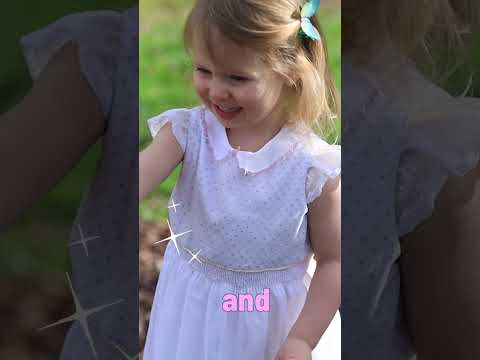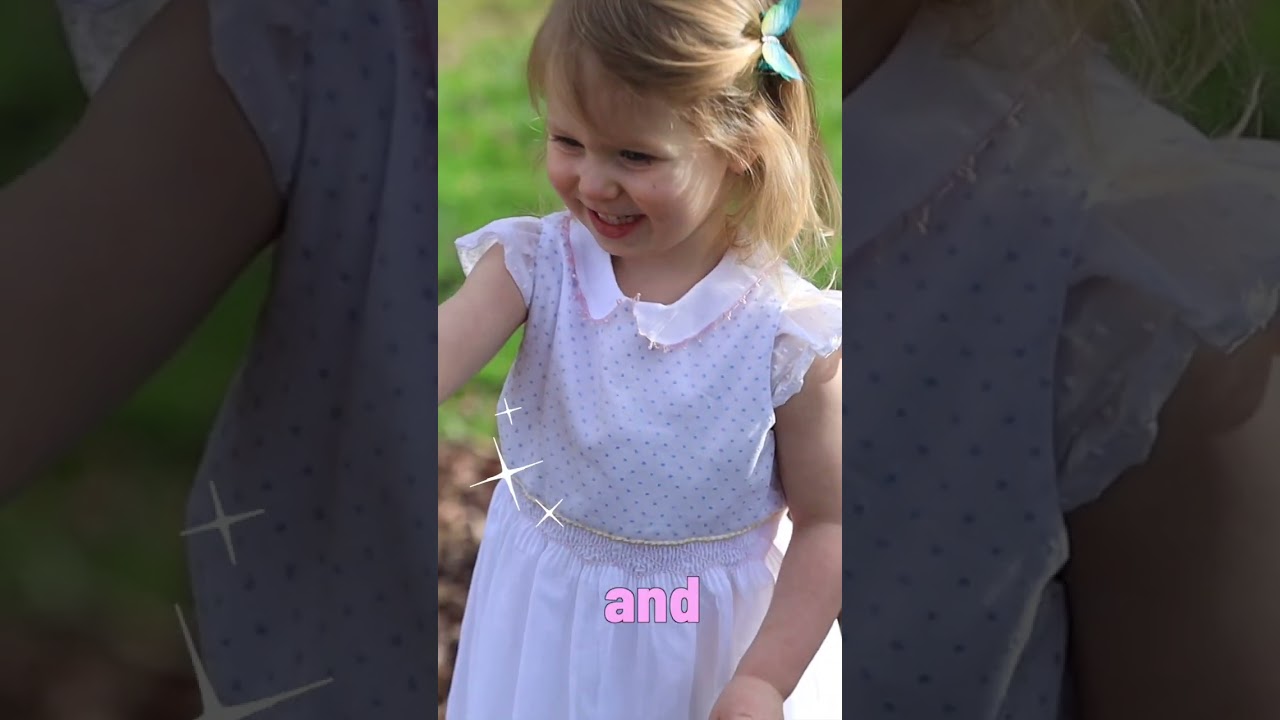Discover the timeless allure of heirloom fabrics that exude a rich heritage and exquisite craftsmanship. These fabrics are steeped in history, woven with threads that tell stories of generations past. With their delicate textures and intricate patterns, they transport you to a world where elegance and sophistication reign supreme. Each fabric is meticulously handcrafted, a labor of love that combines traditional techniques with modern sensibilities. From sumptuous silks and opulent velvets to intricate lace and finely embroidered linens, these heirloom fabrics are a testament to the artistry of the past, cherished and preserved for future generations to enjoy. Whether adorning a luxurious gown, enhancing a beautifully upholstered piece of furniture, or adding a touch of refinement to your home decor, these fabrics evoke a sense of grandeur and everlasting beauty. Immerse yourself in the allure of heirloom fabrics and experience the magic they bring to every occasion.

The Beauty and History of Heirloom Fabrics
When it comes to fabrics, there is a certain allure to heirloom fabrics. These textiles are not only beautiful but also hold a rich history. They have been passed down through generations, carrying with them stories and memories. In this article, we will explore the world of heirloom fabrics, their significance, and why they continue to captivate people today.
The Definition of Heirloom Fabrics
Heirloom fabrics are textiles that have been handed down from one generation to another. They are often created using traditional techniques, such as weaving, embroidery, or lace-making. These fabrics are cherished for their craftsmanship, durability, and sentimental value. They are not merely pieces of cloth; they are treasures that connect families and cultures.
The Significance of Heirloom Fabrics
Heirloom fabrics hold immense sentimental value as they are often associated with important life events. Wedding dresses, christening gowns, and quilts are just a few examples of heirloom fabrics that are passed down through generations. These fabrics become symbols of love, tradition, and continuity. They carry the memories of those who wore or used them and evoke a sense of nostalgia.
The Timeless Beauty of Heirloom Fabrics
One of the most remarkable aspects of heirloom fabrics is their timeless beauty. These textiles often feature intricate patterns, delicate lacework, or exquisite embroidery. The attention to detail and the quality of craftsmanship make heirloom fabrics truly exceptional. They have an elegance and sophistication that transcends time, making them as relevant today as they were centuries ago.
Preserving Heirloom Fabrics
Preserving heirloom fabrics requires special care and attention. These textiles are often fragile due to their age and delicate nature. Here are a few tips on how to ensure the longevity of your heirloom fabrics:
1. Storage: Store your heirloom fabrics in a cool, dry place away from direct sunlight. Avoid folding them too tightly to prevent creasing or damage.
2. Cleaning: If your heirloom fabric is stained, consult a professional conservator or textile specialist for advice on the best cleaning method. Avoid using harsh detergents or bleach, as they can damage the fabric.
3. Display: Display your heirloom fabrics in a way that protects them from dust and light exposure. Consider framing them or using archival boxes to ensure their preservation.
4. Handling: When handling heirloom fabrics, make sure your hands are clean and dry. Avoid excessive touching or pulling, as it can cause tears or snags.
5. Documentation: Keep a record of the history and significance of your heirloom fabrics. Include details such as the date of creation, the original owner, and any notable events associated with the fabric. This information will help future generations appreciate the value and importance of these textiles.
The Future of Heirloom Fabrics
While the world of fashion and textiles is constantly evolving, heirloom fabrics continue to hold a special place in our hearts. They represent a connection to our past, our heritage, and our loved ones. In a fast-paced and disposable society, heirloom fabrics remind us of the value of craftsmanship, tradition, and longevity.
As more people become aware of the importance of sustainable practices and the desire for unique, personalized items, the demand for heirloom fabrics is likely to grow. These textiles offer a sustainable alternative to mass-produced garments and allow individuals to express their individuality and appreciation for handcrafted items.
In conclusion, heirloom fabrics are not just pieces of cloth; they are a testament to our history, our culture, and our identity. Their beauty, significance, and ability to evoke emotions make them truly remarkable. By preserving and cherishing heirloom fabrics, we ensure that their stories and memories will continue to be passed down to future generations.
“The Irresistible Charm of Heirloom Fabrics: Discover the Essential Five for Your Sewing Artistry”
Video Source : sarah classic sewing
Heirloom Fabrics
Heirloom Fabrics Table
| Fabric Type | Description | Origin | Significance |
|---|---|---|---|
| Chantilly Lace | Exquisite and delicate lace made with a fine net background and ornate floral motifs, predominantly used in bridal wear and haute couture. | Originated in Chantilly, France during the 17th century. | Chantilly lace represents the epitome of elegance and timeless beauty, often passed down through generations as a treasured family heirloom. |
| Brocade | A richly decorative fabric characterized by raised patterns woven into a background, usually made from silk or metallic threads. | Brocade weaving has its roots in ancient China, but it gained prominence in Europe during the Renaissance. | Brocade fabrics are highly valued for their opulence and intricacy. They have historically been used for royal garments and formal attire, symbolizing wealth and prestige. |
| Damask | A reversible fabric featuring elaborate patterns woven into a smooth background, commonly used for upholstery, draperies, and table linens. | Originated in the Middle East and became popular in Europe during the Middle Ages. | Due to its durability and luxurious appearance, damask fabric has been associated with elegance and refinement. It is often cherished as a legacy item in well-established households. |
| Velvet | A soft and plush fabric with a dense pile, providing a luxurious feel and visual appeal. | Velvet production dates back to ancient Egypt, but it gained popularity in Italy during the Renaissance. | Velvet has long been considered a symbol of nobility and wealth. Its velvety touch and rich colors have made it a sought-after choice for heirloom garments, upholstery, and interior decor. |
In this captivating table, we delve into the fascinating world of heirloom fabrics. Each fabric type showcased here has deep historical roots and holds a special place in the realm of legacy textiles.
Chantilly lace, originating from the enchanting town of Chantilly in France, captivates with its delicate net background adorned by intricate floral motifs. Primarily associated with bridal wear and haute couture, Chantilly lace stands as the pinnacle of elegance, often cherished as a family heirloom passed down through generations.
Brocade, a fabric renowned for its opulence, boasts raised patterns woven into a luxurious silk or metallic thread background. While its origins can be traced back to ancient China, brocade gained immense popularity during the Renaissance in Europe. Fit for kings and queens, brocade symbolizes wealth and prestige, making it a prized possession and a treasured heirloom in many households.
Damask, a reversible fabric featuring elaborate patterns on a smooth background, has its origins in the Middle East. Embraced by European society during the Middle Ages, damask’s durability and luxurious appearance have rendered it an enduring symbol of elegance. Often utilized for upholstery, draperies, and table linens, damask fabrics hold a special place as cherished heirlooms, adding a touch of refinement to any setting.
Lastly, velvet, with its irresistibly soft and plush nature, has captured hearts since ancient times. Originating in Egypt but gaining prominence during the Italian Renaissance, velvet stands as a timeless symbol of nobility and opulence. Its velvety touch and vibrant colors make it a perennial choice for heirloom garments, upholstery, and interior decor, ensuring that it remains cherished for generations to come.
In this magnificent tableau of heirloom fabrics, we witness the enduring allure and significance of these remarkable textiles, each woven with a rich history and destined to be cherished as a legacy for years to come.

